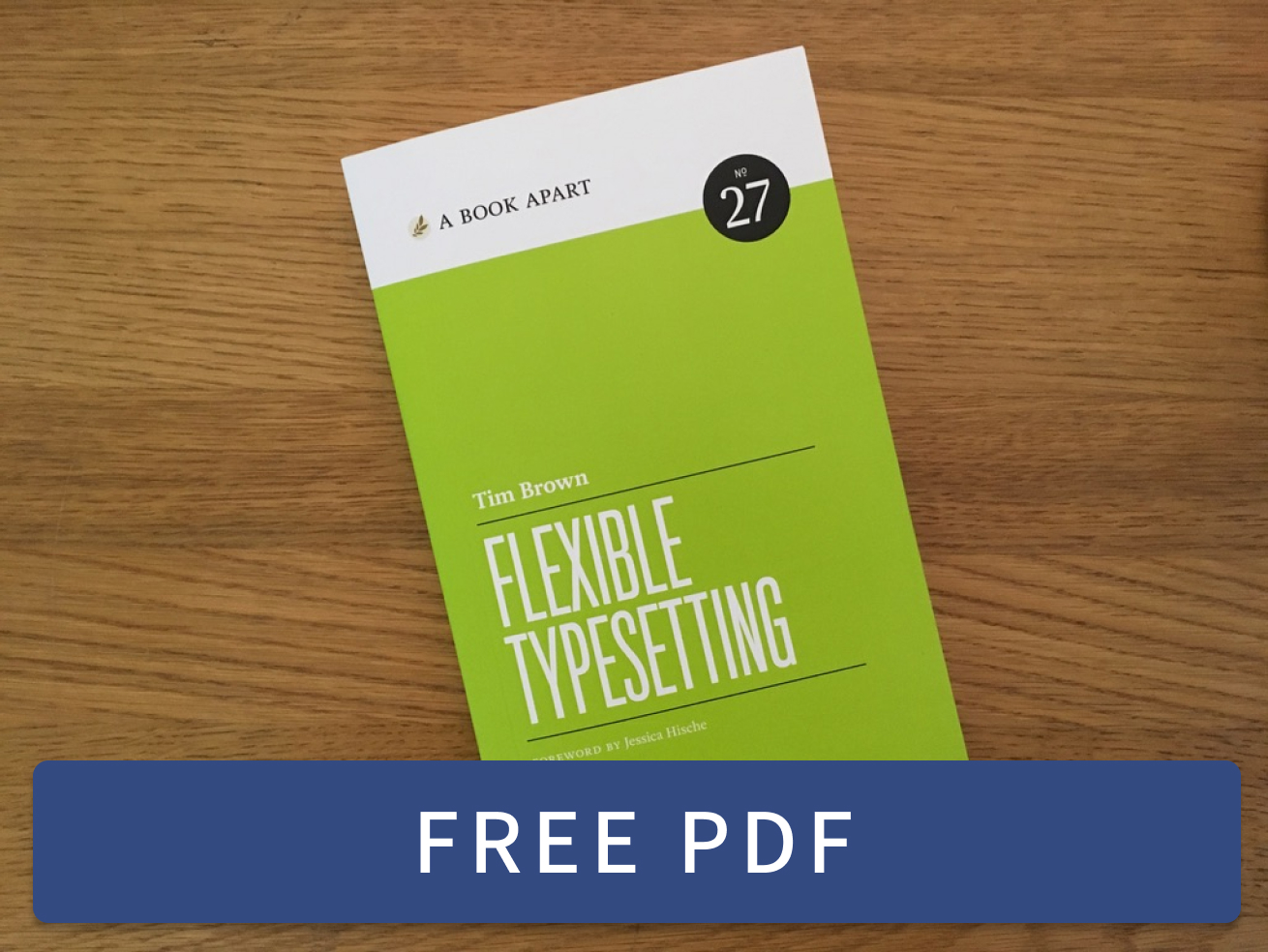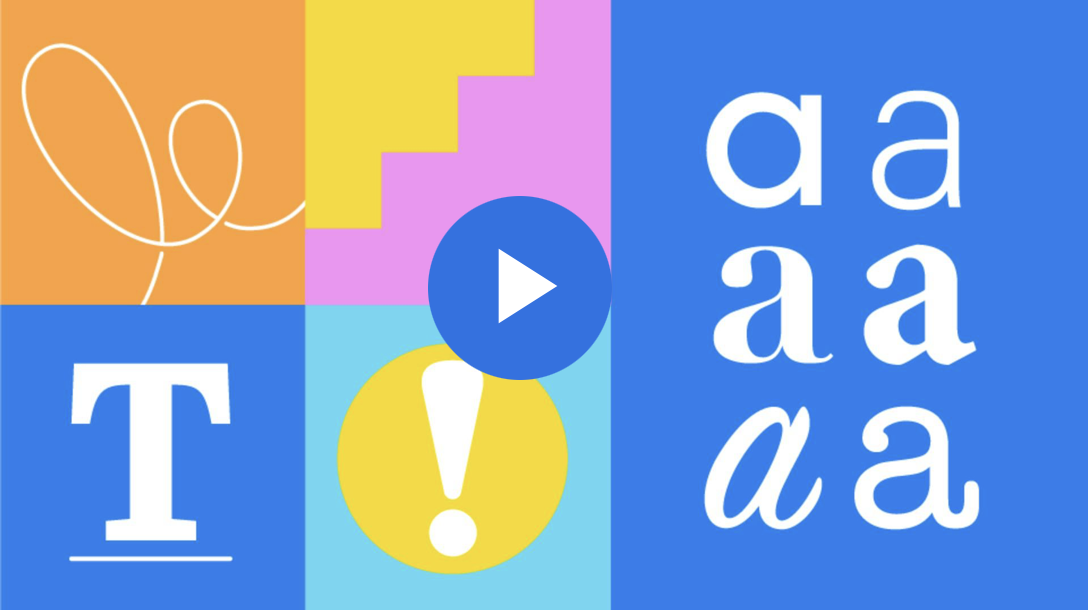Revamping gender in old children’s stories
Fri, 10 Aug 2018
One of the side projects I’m working on is editing and republishing children’s stories by Thornton W. Burgess. I often read the stories to my daughters, and they’re delightful. Burgess was a naturalist, so the animal characters are anthropomorphized with personalities that give you an idea of the animals’ different behaviors and habits.
But I noticed something as I read the books: more than 90% of the characters are male, and the few female characters exhibit stereotypical traits (emotional Mrs. Quack, nagging Jenny Wren). So as I’ve been reading the stories and marking them up in HTML as I go, my daughters and I have been dutifully switching a bunch of the characters from male to female or from female to male. We have a 50/50 ratio going.
This is good, but I wonder what other improvements I could be making. Now’s the time to figure that out. It feels terrible to admit this, but I feel completely ignorant when it comes to gender issues.
Should I make some of the characters’ genders ambiguous? Should I use different pronouns? What percentage of the characters should be like this? Are there specific animals that lend themselves best to the right kind of portrayal? — I don’t mean to be insensitive by asking that, but I think about birds, for example, and the tendency for male birds to be more brightly colored.
Anyway, I’m not sure where to begin. If you have any tips, I’d appreciate them.
Flexible Typesetting Acknowledgements
Tue, 24 Jul 2018
Thanks to friends and family who worked with me and supported me as I wrote Flexible Typesetting. These acknowledgements are from the back of the book.
Since A Book Apart opened its doors for business, I have admired these books. It’s an honor and a privilege to have written one. My thanks to Jeffrey Zeldman for setting himself apart — for striking a helpful, caring tone in his writings; for fiercely advocating for openness, collaboration, and community on the web; and for building businesses that cement these values. Thanks to Jason Santa Maria for his humility, his visual work, and writings – which have always inspired me – and for designing this beautiful set of books. Thanks to Mandy Brown for her leadership and her encouragement, and for showing me the power of a great editor.
Thanks to Katel LeDû for her contagious enthusiasm, her patience, and her diligent work running A Book Apart. Thanks to Caren Litherland for editing me. Caren’s kind words kept me going, and her critical eye brought clarity to this text. I could not have accomplished this without her support and guidance. Thanks to Ray Schwartz and Juliette Cezzar for their incredible expertise as technical editors; their empathy for readers improved this book tenfold. Thanks to Tina Lee for shepherding the earliest versions of this book. Thanks to Bram Stein for writing his Webfont Handbook; years ago, he and I strategized about how these two texts could harmonize, and it’s exciting to see our plan in action. Thanks to Jessica Hische for writing my foreword. Jessica is well known for her beautiful lettering, but she’s an equally gifted writer—helpful, straightforward, and kind. Thanks to the production crew at A Book Apart for making this book real. Thanks to Mike Monteiro and David Demaree for their advice about publishing.
Thanks to Greg Veen for our many private discussions about the nature of flexible typesetting, and for his evergreen support. Thanks additionally to the other managers in my career – Matthew Rechs, Bryan Mason, Carolyn Guyer, Megg Brown, and James Roy – for their leadership, and for shielding me from nonsense so the ideas in this book could take root. Thanks to Jeff Veen, Ryan Carver, Andy McMillan, Robert Eerhart, Toby Malina, Marci Eversole, Vitaly Friedman, Gavin Elliott, and Jared Spool for having faith in me and giving me a platform. Thanks to the Typekit and Type teams, and to all of my friends at Adobe, for your profound care toward people who make type and practice typography.
Thanks to George Laws for opening my mind to the abstraction, balance, and systems in graphic design and type, for his mentoring, and for our breakfasts. Thanks to Arthur Hoener for introducing me to typography and giving me work opportunities that catalyzed my career. Thanks to Anne Galperin and Clif Meador for helping me think critically and find confidence. Thanks to Mr. Mahon for making me feel at home in art class. Thanks to the elementary school teachers who shaped and cared for me, including Mr. Weiss, Mr. Cafon, Ms. Oliver, Mr. Schmidt, and Ms. Hart.
Thanks to Ray Schwartz for geeking out with me about web development. Thanks to Chris Silverman for his perpetually fresh eyes and articulate feedback. Thanks to Donny Truong for his openness and hustle. Thanks to Ethan Marcotte for the invaluable discussion and his unparalleled optimism. Thanks to Bram Stein, Scott Kellum, Elliot Jay Stocks, Jake Giltsoff, Wenting Zhang, Weston Thayer, Indra Kupferschmid, Chris Coyier, Dave Rupert, Andrew Johnson, Ivan Bettger, and Tobias Frere-Jones for exchanges and collaborations that bolstered ideas in this book. Thanks to Kevin Davis and Joe Juriga; rest in peace.
Thanks to my friends in the Nice Web Type Slack for continually reminding me how much there is to learn about typography. Thanks to friends who gave me feedback on early drafts of this book: Greg Veen, Ethan Marcotte, Donny Truong, Robin Rendle, Bram Stein, and Frank Griesshammer. Thanks to writers who have inspired me over the years, especially Dan Cederholm and John Gruber.
Thanks to my friends at the St. Remy Volunteer Fire Department for their patience and understanding, and for their service to our community.
Thanks to my family for their love and patience as I concentrated on this book. Thanks Mom, for encouraging and supporting me throughout my life. Thanks Dad, for teaching me to think deeply. Thanks Mom S., for feeding and housing me while I learned to make websites. Thanks Dad S. for repeatedly asking when I would write a book (this is it). Thanks to my brothers, Greg and Ken, for being awesome-o. Shout-out to my sisters- and brothers-in-law, and my nieces and nephews. Love you all.
Thanks to my three beautiful, gifted, funny, kind, powerful, appreciative children, Kate, Julie, and Lori. Daddy and Mommy worked hard on this book, and you can work hard on things too. Make time to listen, speak, read, and write. I love you.
It is an immeasurable privilege to share my life and work with such wonderful people, and I profoundly appreciate each of you.
But my deepest appreciation, my most humble thanks, and all of my love, go to my wife Eileen. She alone truly understands what it meant for me to write this book. For years, she has tolerated burdens that would have exhausted my patience in a week if our roles had been reversed. Her loving support, encouragement, and selflessness deserve a book of their own. I will treasure her example for the rest of my life.
Spotlight for Typographics
Sat, 16 Jun 2018
I was on standby to do a “spotlight” at Typographics — a quick word at the microphone in between the main conference speakers. They didn’t need me after all, but here’s what I would have said:
Hi everyone, my name is Tim Brown. I started my career as a web designer, and now I’m Head of Typography at Adobe. If you want to know me better, check out Typekit Practice or read an article I wrote, Paying for Type.
I wanted to thank all of you for your patience with Adobe, and your faith in our Type team. Thank you for the opportunity to affect the business of type design and the practice of typography. This is a very special moment in history for both.
And I need your help. I wrote a book called Flexible Typesetting, for A Book Apart, because the web has changed typography. I need you to read this book so that we can talk.
Right now, we don't have words to describe the work we're doing when we set type in multidimensional, relative ways. And we don't have the right tools for doing that work. Join me in understanding what has changed and figuring out what we need.
This is my first time at Typographics, and it has been excellent. Thank you for your time, and thanks to the folks at Cooper for putting on an incredible event.
And it really was incredible. Beautiful summer days in the heart of New York City, in historic buildings of The Cooper Union.
I especially enjoyed TypeLab – the chill, alternative track of the conference – with its informal presentations, demos, discussion, and live lettering. Whiteboards & chalkboards everywhere. Saw friends I hadn’t seen in years, and met some great new ones. Definitely going to attend again.
2017–2018 quarterly catch-up
Sun, 27 May 2018
A special quadruple quarterly report (lol). I got way behind on this sort of planning. Turns out having a baby while writing a book and working full-time makes you sorta busy. Here are some things I did in the past year, as well as older accomplishments less recent (that I am retiring from the home page).
Done over the past year
From a while ago
Retiring this stuff from Recently:
- Led several teams of people to design new typography tools.
May 2017
- Reorganized & painted bedrooms.
May 2017
- Built basement shelves like this.
Apr 2017
- Read Zita the Spacegirl books (Legends/Return) with my kids.
Mar 2017
- Gave a virtual seminar at UIE’s UX Symposium.
Mar 2017
- Got through a bout of Lyme disease.
Feb 2017
- Set a variety of projects in motion.
Jan 2017
- Bought new smoke detectors. (Replace yours every 10 years.)
Dec 2016
- Built a workbench.
Dec 2016
- Voted, then spent time processing the election results.
Nov 2016
- Helped launch Typekit Marketplace and Typekit Platform at Adobe MAX.
Nov 2016
- Talked about variable fonts with Jeff Veen on his podcast, Presentable.
Oct 2016
Coming soon: Flexible Typesetting
Fri, 25 May 2018
It is a beautiful book, well-conceived, painstakingly executed with a fine attention to detail. I can't believe that you want to do web design: what a horrible place to do fine typography, a refined practice for which you obviously have an eye.
That’s a note from one of my favorite teachers, Clifton Meador, about my final project one semester (a typeset, bound book). I learned so much from Clif, and I can understand why he felt that way about web design. But 15 years ago, when I received that note, I felt there was something special about typography on the web.
Now, after building dozens of websites, learning a lot, and helping many people use fonts as Head of Typography at Adobe, I know why typography on the web is so special. So, I wrote a book to explain it.
My new book is called Flexible Typesetting, and it will be published by A Book Apart this summer. I absolutely cannot wait for you to read it, because we have so much to talk about. That’s all I’ll say for now. Follow @typesetting and @abookapart on Twitter. And for a sneak preview of the book, listen to Shop Talk Show episode #314.
Update: A Book Apart #27, Flexible Typesetting.
 Flexible Typesetting
Flexible Typesetting Practicing Typography Basics
Practicing Typography Basics